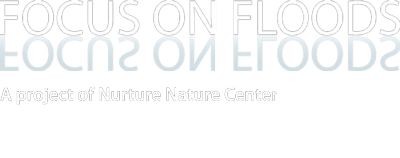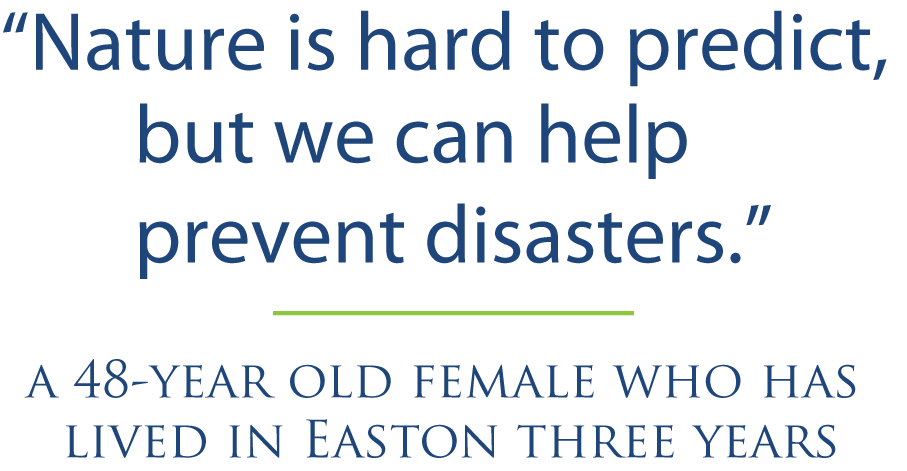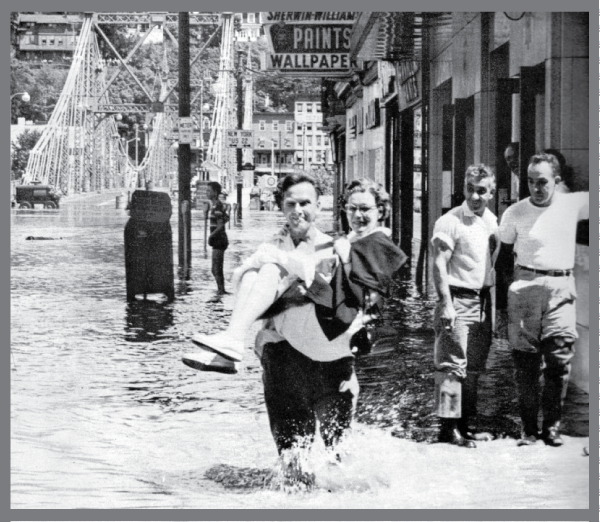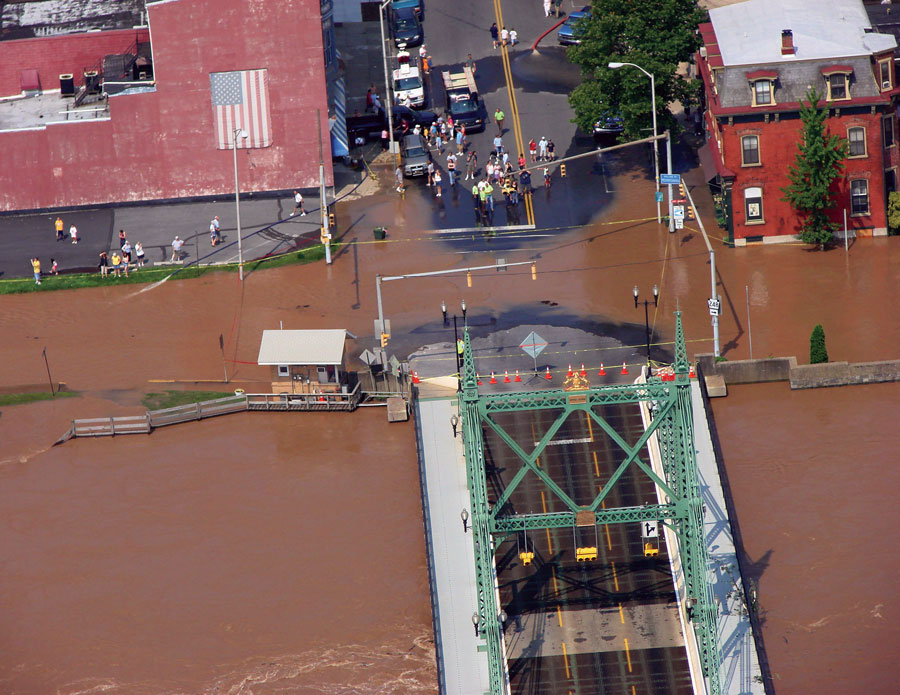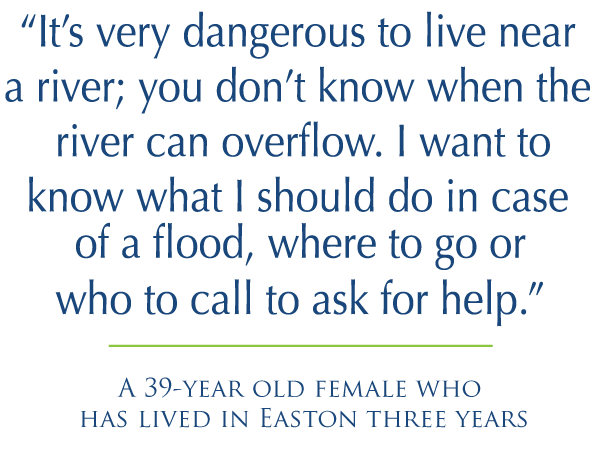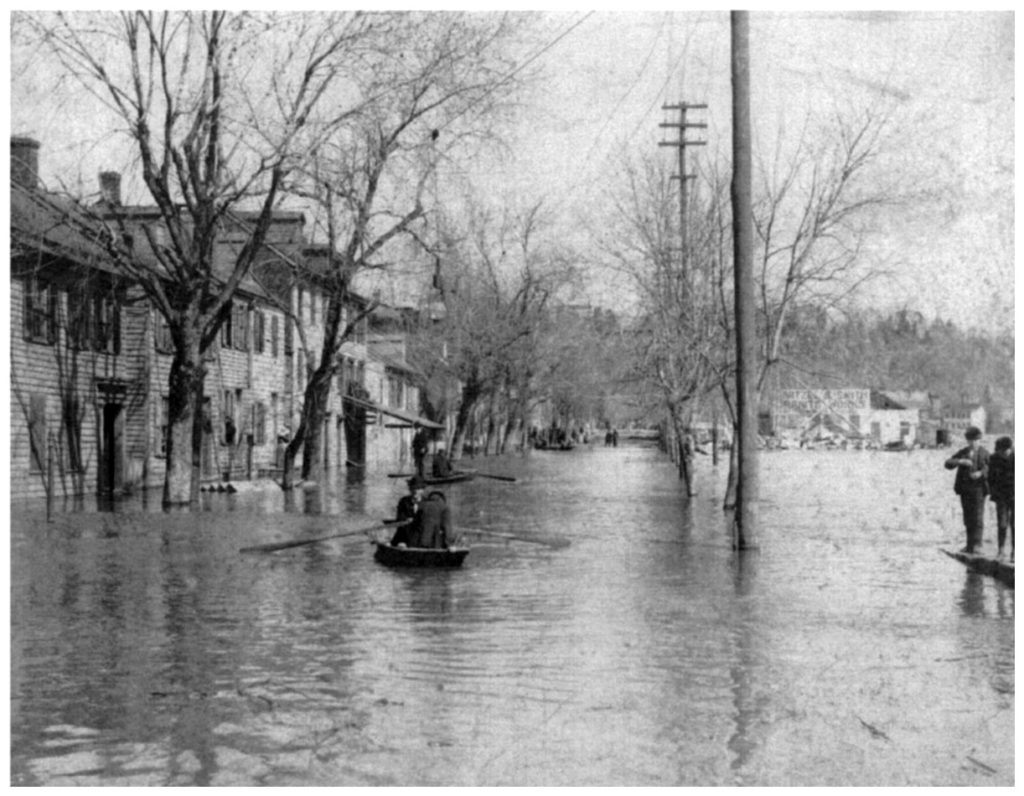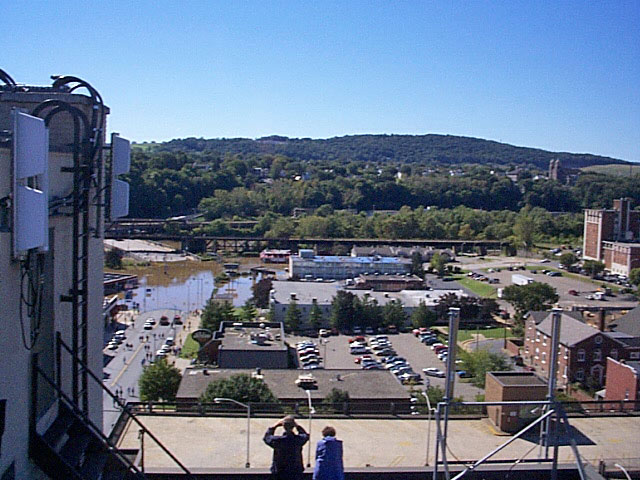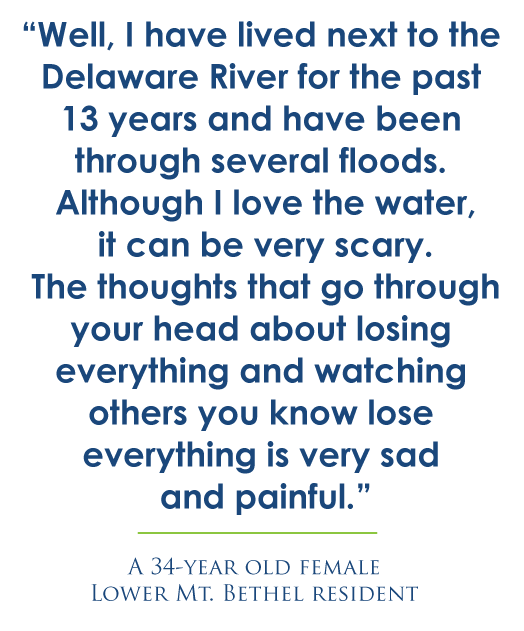Flood Toolbox
Understanding Flood Risk in the Delaware River Basin

Understanding your flood risk means more than just knowing whether your property is in a FEMA-designated flood zone. It also means knowing the natural factors that affect flooding, and the technology available to help preserve properties and protect lives.
“Understanding Flood Risk in the Delaware River Basin” features a series of six interviews with flood authorities and experts who discuss the factors that affect flood risk, and the decision-making processes and new technology that can help reduce losses. Hear from authorities on flooding, discussing flood frequency and the misleading phrase “100-year-storm,” climate and flooding, flood forecast and warning, community planning responses to flooding, and more. Companion text, graphics, linked resources and discussion questions make this a great teaching tool or basic introductory guide to the issues that surround flood risk in the Delaware River Basin and beyond.
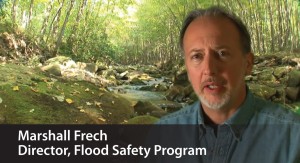 Introduction to Understanding Flood Risk
Introduction to Understanding Flood Risk
A brief introduction to the six chapter series, Understanding Flood Risk.
 Understanding Flood Risk: Chapter 1.
Understanding Flood Risk: Chapter 1.
An overview of some of the weather and terrain factors that increase flood risk in the Delaware River Basin. This segment is chapter 1 of 6 in the series.
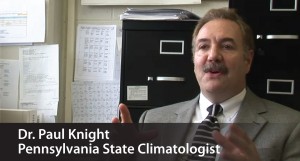 Understanding Flood Risk: Chapter 2.
Understanding Flood Risk: Chapter 2.
An interview with Pennsylvania State Climatologist Dr. Paul Knight about weather and climate impacts on flood risk. This segment is chapter 2 of 6 in the series.
 Understanding Flood Risk: Chapter 3.
Understanding Flood Risk: Chapter 3.
Nurture Nature Foundation Director of Environmental Outreach Rachel Hogan Carr interviews Dr. Dru Germanoski, geology professor at Lafayette College, about regional flood frequency, and the challenges of the “100-year-flood” concept. This segment is chapter 3 of 6 in the series.
 Understanding Flood Risk: Chapter 4.
Understanding Flood Risk: Chapter 4.
Hydrologist Peter Ahnert, of the National Weather Service’s Middle Atlantic River Forecast Center, discusses the use of new “flood alert” technology that, in the case of an impending flood event, sends flood watch and warning messages to users who have signed up. This segment is chapter 4 of 6 in the series.
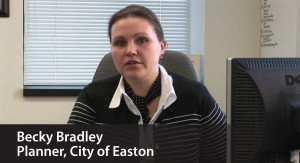 Understanding Flood Risk: Chapter 5.
Understanding Flood Risk: Chapter 5.
Becky Bradley, Director of Planning and Codes for the City of Easton, Pennsylvania, discusses how the City changed its land use codes and began to regulate the 500-year-floodplain after repeated flooding – and how it has benefited the city’s safety and economic development. This segment is chapter 5 of 6 in the series.
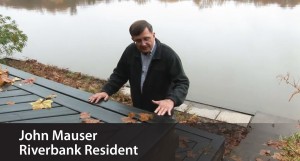 Understanding Flood Risk: Chapter 6.
Understanding Flood Risk: Chapter 6.
Floodplain resident John Mauser discusses the steps he takes to keep his property and family safe during recurrent flood events, including monitoring river levels, and having detailed evacuation and readiness plans. This segment is chapter 6 of 6 in the series.
